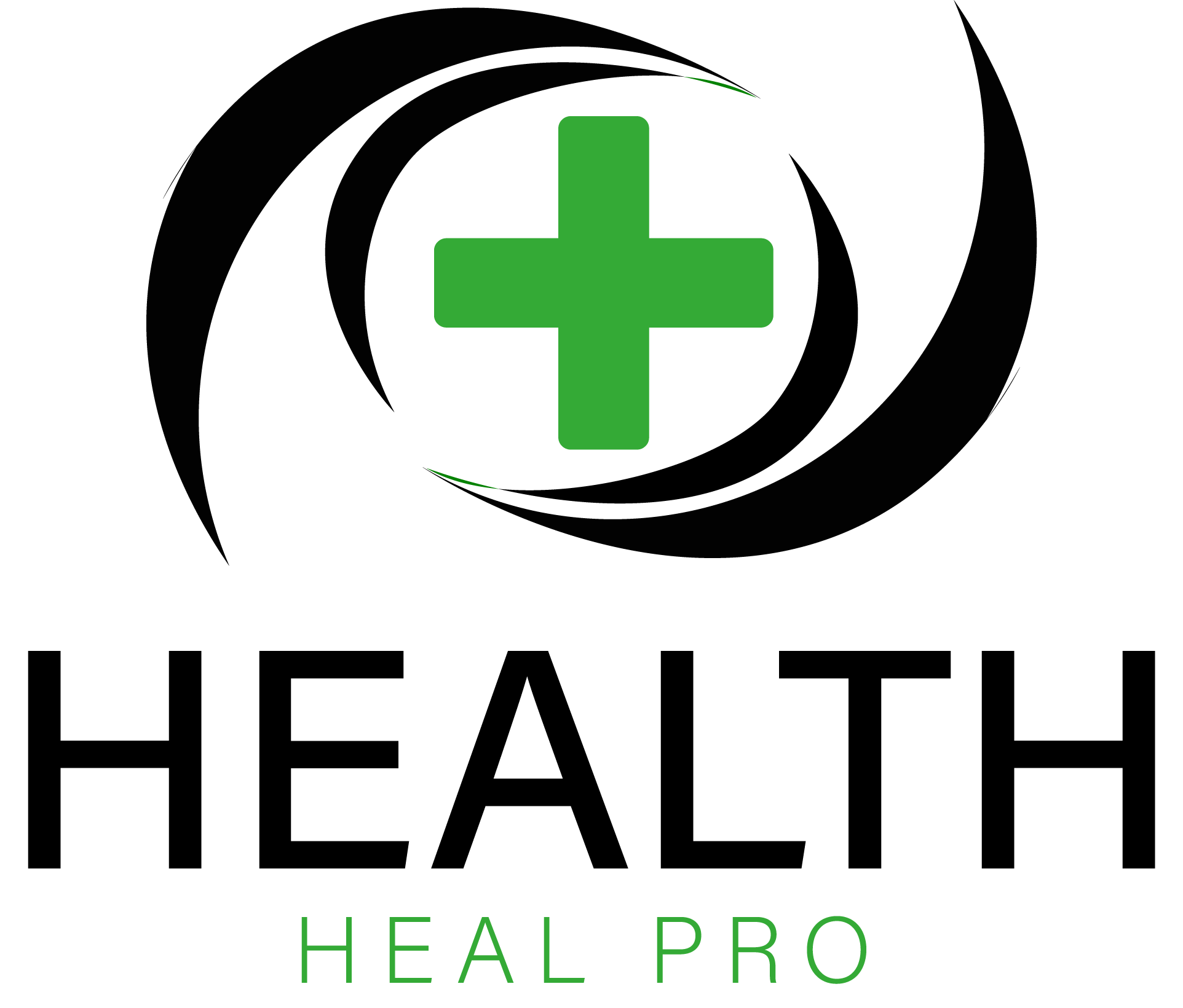Imperfections of the human body are no longer irreversible problems in most cases. Among many other interventions aimed at reshaping the body, rhinoplasty is known to be one of the most popular and common aesthetic procedures performed today.
Rhinoplasty refers to the reshaping of the nose by cosmetic surgery means for aesthetic reasons.
The appearance of the nose affects the whole physiognomy of the face, which is why disparities and nasal defects sometimes need to be corrected, and the fastest and most effective way to correct the various issues is through rhinoplasty. Breathing problems are also addressed successfully with this surgery.
Top 4 Common Questions Concerning Rhinoplasty and Their Answers
1. Can I Wear Glasses After a Rhinoplasty Intervention?
It is preferable to wait around 30 days after surgery before you wear glasses. Of course, you can use contact lenses during this time so you should prepare.
2. What Is the Difference Between Open and Closed Rhinoplasty?
With an open rhinoplasty, the surgeon creates small incisions inside each nostril, which will be joined at the level of nose columella. Once this is accomplished, the surgeon can lift the skin from the bones and cartilage of the nose to examine its structure and shape for imperfections and then correct it. Depending on the complexity of the operation, it may take from 1 to 3 hours during which the patient is under general anesthesia. Open Rhinoplasty is recommended when the tip of the nose must be remodeled as well as to correct lateral deviation and other minor corrections. Most surgeons recommend open rhinoplasty.
Closed Rhinoplasty is different from the opened intervention and more complex. It involves an incision inside the nostrils which accesses the rest of the nose. Closed Rhinoplasty is recommended for those who require correction of the septum as well as other minor corrections. If the closed rhinoplasty is done to reduce a hump, the skin is not removed and might lead to the appearance of a round and too bulky nose tip.
3. What Are The Complications That May Arise During the Intervention?
In contrast to other surgical procedures, with rhinoplasty risks are minimal. Of course, hemorrhaging, infection, and even necrosis might lead to a secondary intervention, but such complications are rare.
Swelling and bruises are part of the natural recovery process and should not be considered complications.
4. What Are The Postoperative Risks?
Scars, irregularities, nose tip lowering, inflammation, and problems with the mucosa might occur after a rhinoplasty intervention and might call for a new surgery to correct them. An abnormal sensitivity is also common, but this usually fades away within a few weeks. Sure thing, following a surgical intervention you will have to follow a few rules as your surgeon indicates Following a successful rhinoplasty performed correctly, the nose will be perfectly stable and its form will complement the rest of the body and will evolve over the years along with the whole body.
Bottom line, Rhinoplasty is one of the safest cosmetic surgery interventions and as long as you follow your surgeon’s advice you should recover in weeks after the intervention. However, there are risks you need to be aware of, and it’s always a good idea to consult a therapist before such cosmetic surgery as the emotional impact is quite severe as with any cosmetic surgery.

